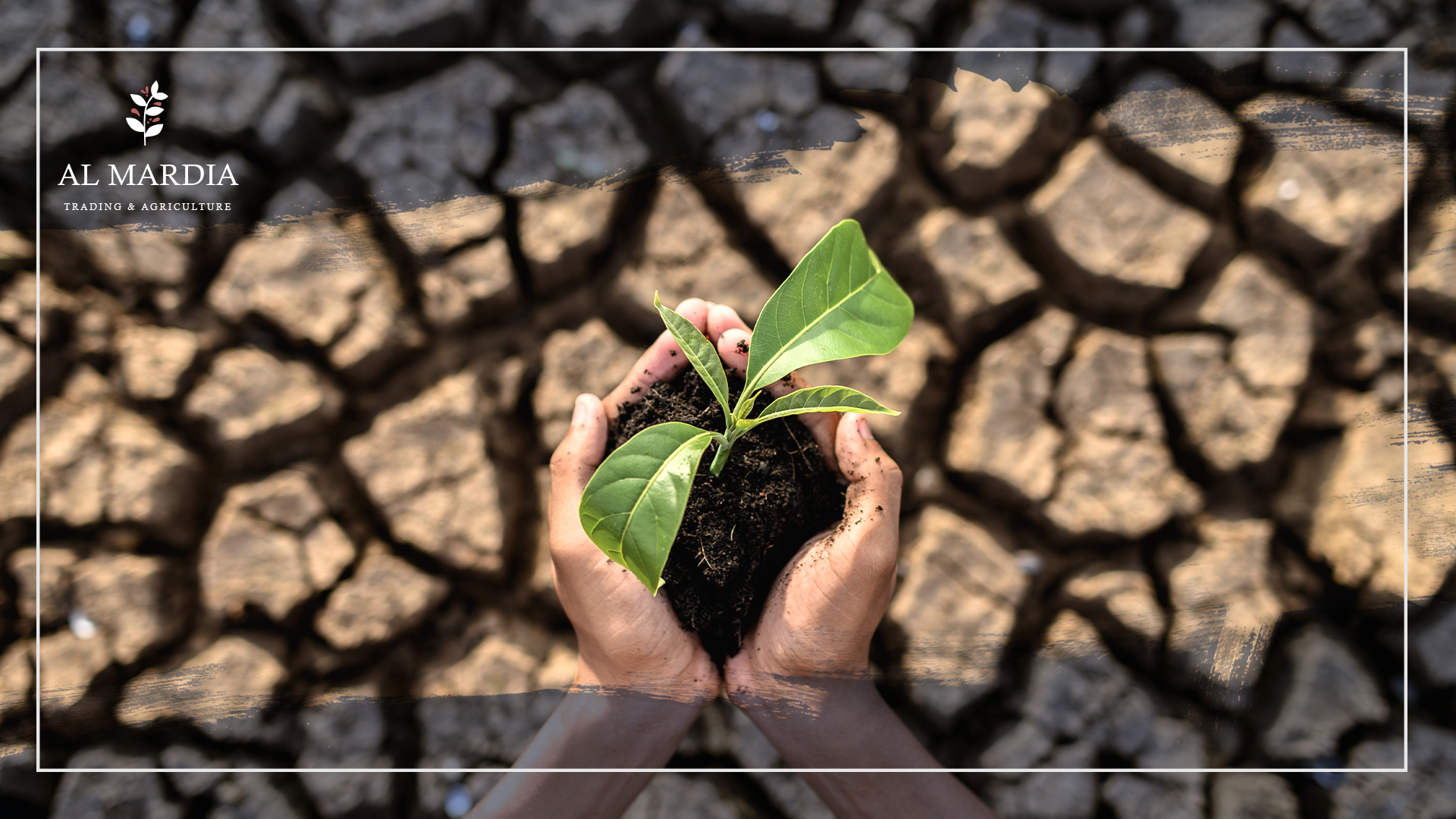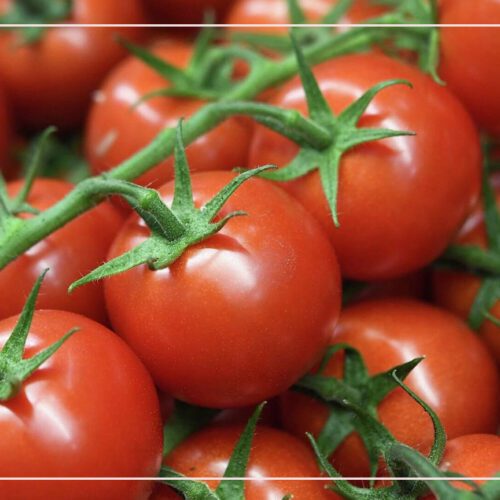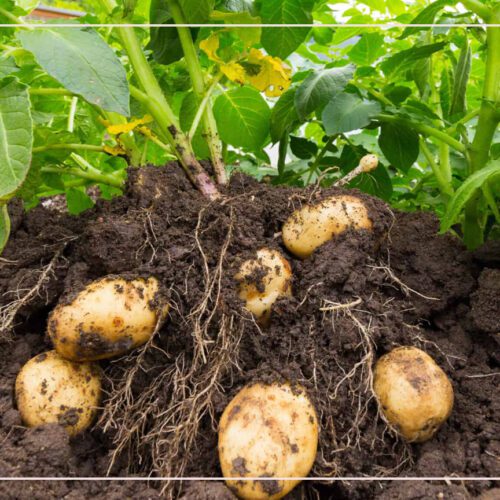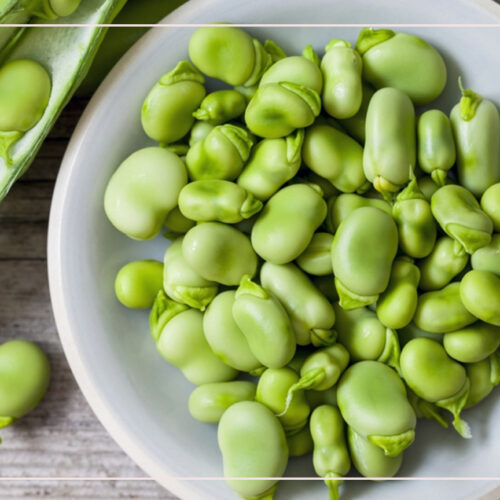
Let’s Make Change Against Climate Change
Climate change! We hear these words a lot these days, and lots of meetings and conferences have been called for to mitigate the problem and limit its consequences. To protect our environment and rescue our ecosystems, let’s make changes against climate change.
What is climate change?
It refers to long-term changes in temperature and weather conditions. These continuous changes may be considered a natural result of some variations in the solar cycle. But since the industrial revolution, humans have become the main factor of climate change due to burning fossil fuels like oil and gas. All these activities produced greenhouse emissions like carbon dioxide and methane and others. Subsequently, theses gases wrapped around our planet and acted like a blanket trapping the sun’s heat and warming the earth.
“The earth now is almost 1.1° warmer than it was in the nineteenth century, and emissions continue to rise. “
Most people think climate change basically means warmer temperatures. But unfortunately, it’s just the beginning of a long catastrophic series of events. Because everything is connected in our ecosystem, making changes in one region could absolutely influence change in all others.
Agriculture and climate change:
Climate change is strongly linked to food sustainability. In other words, it affects how society produces and consumes food. The agricultural sector is one of the primary sources of greenhouse gas emissions. The UN food and agriculture organization (FAO) estimated that emissions caused by farming activities and the food industry is greater than 30% of the total greenhouse global emissions. They also showed in the report some suggested procedures to be applied seeking for effective mitigation of these emissions. For example, sustainable agriculture practices like using biological fertilizers, avoiding or reducing tillage, and restoring more degraded lands. All these procedures are needed to manage the whole food value chain. “If we only focus on specific aspects, we might unintentionally increase emissions elsewhere.”
Food security and climate change:
Food security means the ability to provide sufficient, safe, and nutritious food for all people at all times to meet their dietary needs and food necessities to have a healthy life. It means that food must be available, and accessible for current and future generations.
Almost a third of the total greenhouse gas emissions are linked to food. Hence, it’s better to know what are the most contributing practices:
- Pastoral farms produce methane through cattle’s digestive process.
- Nitrous oxide from using synthetic fertilizers increases crop production.
- Carbon dioxide from cutting down large areas of forests, burning crops residues, and usage of fuel for all farming machinery.
Other practices are also important but they cause a smaller part of the greenhouse emissions like:
- Refrigeration and transport of food.
- The management of food waste.
- Some industrial activities are related to the food industry like food preparation or packaging.
RELATED TOPIC: Just Transition Can Be The Solution
Which food industry causes the most part of the Greenhouse effect?
To analyze and evaluate each food industry, a sophisticated procedure should be followed to measure the greenhouse gas intensity. It measures the weight of carbon dioxide equivalents which represent CO2 and all other greenhouse gasses per one calorie or per one gram of protein.
Animal-based food production:
It includes red meat, dairy, shrimp farms, and other similar industries.
This process requires a wide area of grasslands which means cutting down more trees and releasing additional amounts of carbon dioxide stored in the forests.
Cattle produce methane digesting grass and plants.
When we use the cattle’s waste as fertilizers and spread it all over pastures, this means launching more nitrous oxide into the atmosphere.
Shrimp farms are usually constructed on coastal lands covered with mangrove plants which widely reduce the amount of carbon. Unfortunately, more carbon would be released into the atmosphere when these mangrove shrubs are cut down to create more shrimp farms.
Plant-based food production:
Industries based on vegetables, fruits, grains, and legumes consume less energy, land, and other natural resources, but their effect on climate change is still significant
How to reduce these emissions?
To mitigate the effects of emissions from agriculture and food production, many strategies must be innovated and tremendous changes must be made at all stages from production to consumption.
It’s better to shift our food diets towards plant-based diets as much as possible. It doesn’t mean fully applying vegetarian or vegan food systems, but a slight reduction in the amount of animal-based foods is recommended. This means more plant protein (like beans, lentils, nuts, and grains) and less saturated fats (such as buttermilk and other dairy products, coconut oil, and palm oil).
Improving the seeds of crops, and applying sustainable agricultural methods can lead to more crop yields with higher quality and lower chemicals.
Another factor that could play an essential role in reducing emissions is food waste. Over 1 billion tons of food are wasted every year, which means almost 17% of all food is available to human beings worldwide.
You can now check the full list of Environmental Products
produced by Almardia Group
Common Questions
-
What effects has climate change had?
Intense drought, Increased heat, water scarcity, severe fires, flooding, melting polar, catastrophic tornadoes, and threatening biodiversity.
-
How long until climate change is irreversible?
Several climate experts believe that we must take action before 2030 before we enter a new declining era that might be irreversible.
-
What are 3 ways to stop climate change?
- Apply sustainable agriculture instead of an industrial approach.
- Reduce wasting food.
- New regulations to limit and organize food industries.





